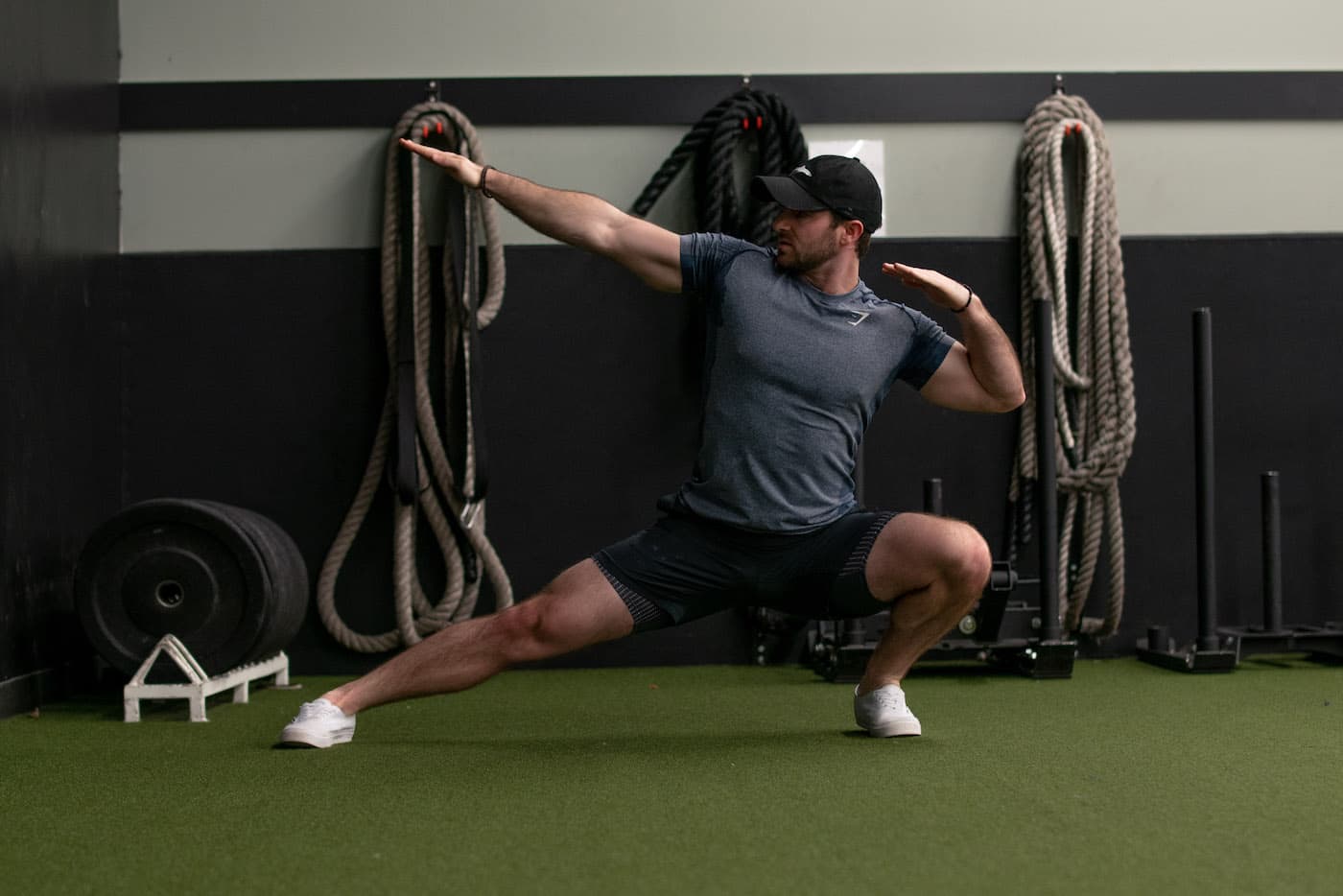We hear it all the time, people wanting to be more mobile, but what does it mean?
Increasing your mobility means increasing your range of movement of your muscles and joints to enable you to move more freely.
If you want to make the most of your training plan or even feeling less stiff from day to day, you should incorporate some mobility exercises into your daily routine.
A lot of the time as soon as you hear the word mobility you automatically think of yoga or pilates, but just a few exercises a day can massively improve the way you move and feel.
Mobility training can also help prevent injuries occurring by keeping you muscles and tendons more flexible.
We have all seen videos of bodybuilders tearing muscles, this is because the type of training they do makes their muscles shorter, mobility training can prevent this happening.
So I decided to speak to Emma Vincent a qualified personal trainer, nutritional advisor, group exercise instructor and qualified run leader and swimming teacher with over 10 years experience in the fitness industry regarding what exactly is mobility and why is it important in every day life.
What are some important considerations?
With any type of exercise, you want to ensure that you do not work outside of your limitations.
Even mobility exercises can be challenging at first, especially if you are sedentary for most of the day.
Sit and write down what you want to achieve, where your struggles are and then research how to achieve these.
For example if you drop something on the floor, when you bend over to pick it up, are your legs tight, does your back feel like it may give way?
Mobility and flexibility are two different things, so try not to get these two things confused, were not trying you to get your ankle behind your head.
With gyms reopening on 12th April there are a lot of professionals who can help you make a plan or even get you started with some examples.
Personal Trainers, Physiotherapists, Sports Therapists and Chiropractors to name a few.
How many times a week should we incorporate mobility training?
Firstly, what are you trying to achieve? Is this to help you lift heavier weights in the gym? Or do you just want to be able to go for a walk without your muscles feeling tight?
Secondly, how would you rate your current mobility?
Anything from 20 minutes, 2 to 3 times a week is a great start. This can be when you first get up in the morning, or as a warm up to your gym routine.
You can gradually increase this as your body starts to adapt.
Any advice for beginners?
Do not run before you can walk! If you are looking up exercises on the internet or social media, make sure they are suitable to beginners.
Think about what you are wearing too, you want to feel comfortable and be able to move around with ease.
If you are unsure of anything, seek professional advice before attempting anything new.
As with any exercises – always warm up! Just start with walking around waking up your muscles of the body and getting your joints moving.
Any tips/advice/exercise ideas for making mobility exercises more exciting?
Mobility doesn’t have to be boring stretching exercises. It can be your warm up or your entire workout for that day.
You can incorporate equipment to make it more exciting and challenging. Whilst others are warming up on treadmills, you can be on a mat listening to your favourite music or even with a friend!
Here are my top 3 mobility exercises:
Squat (3 sets of 20 reps)
This is a great mobility exercise to warm up your hips, ankles, core and hamstrings.
- Stand with your feet just outside of hip distance, toes facing forwards, chest up, abs in, arms out in front of you
- Slowly bend your knees pushing your hips back and lower your glutes down in line with your knees, keep your weight into your heels
- Breathe in as you lower down, then breathe out as you slowly stand back up
- Ensure your knees stay in line with your toes
- If you cannot get as low as your knees just go as low as you feel comfortable, then try to get a little more each session
Walking Hip Openers (3 sets of 20 reps)
This dynamic movement is one of the easiest moves for beginners and increases movement of the glutes and hips
- Stand tall with your feet hip distance apart
- As you take a step forwards one knee up towards the centre of your chest then out towards your hip and down to the floor
- Repeat on the other leg
- Once you have done 10, turn round
- As you walk back bring your knee up but this time lift if outwards to the direction of your hip then rotate it inwards (in other words the reverse of the 10 reps you have just done.
Shoulder Rotations (3 sets of 20 reps)
This exercise can be done body weight, a bar, broom stick or resistance bands and can be performed anywhere including sitting down at your desk
- Stand with your feet under your hips, shoulders back, chest up
- Hold your bar or band with your arms straight, hands twice the distance of your shoulders
- Whilst keeping your arms straight lift them up and over your head
- Lower your arms down behind your back as far down as they will go then back up and over your head towards the front of your thighs
About Sundried:
Sundried are a British eco-activewear brand that produce high quality fitness kit and accessories with strong sustainable/eco credentials at an affordable price point.
